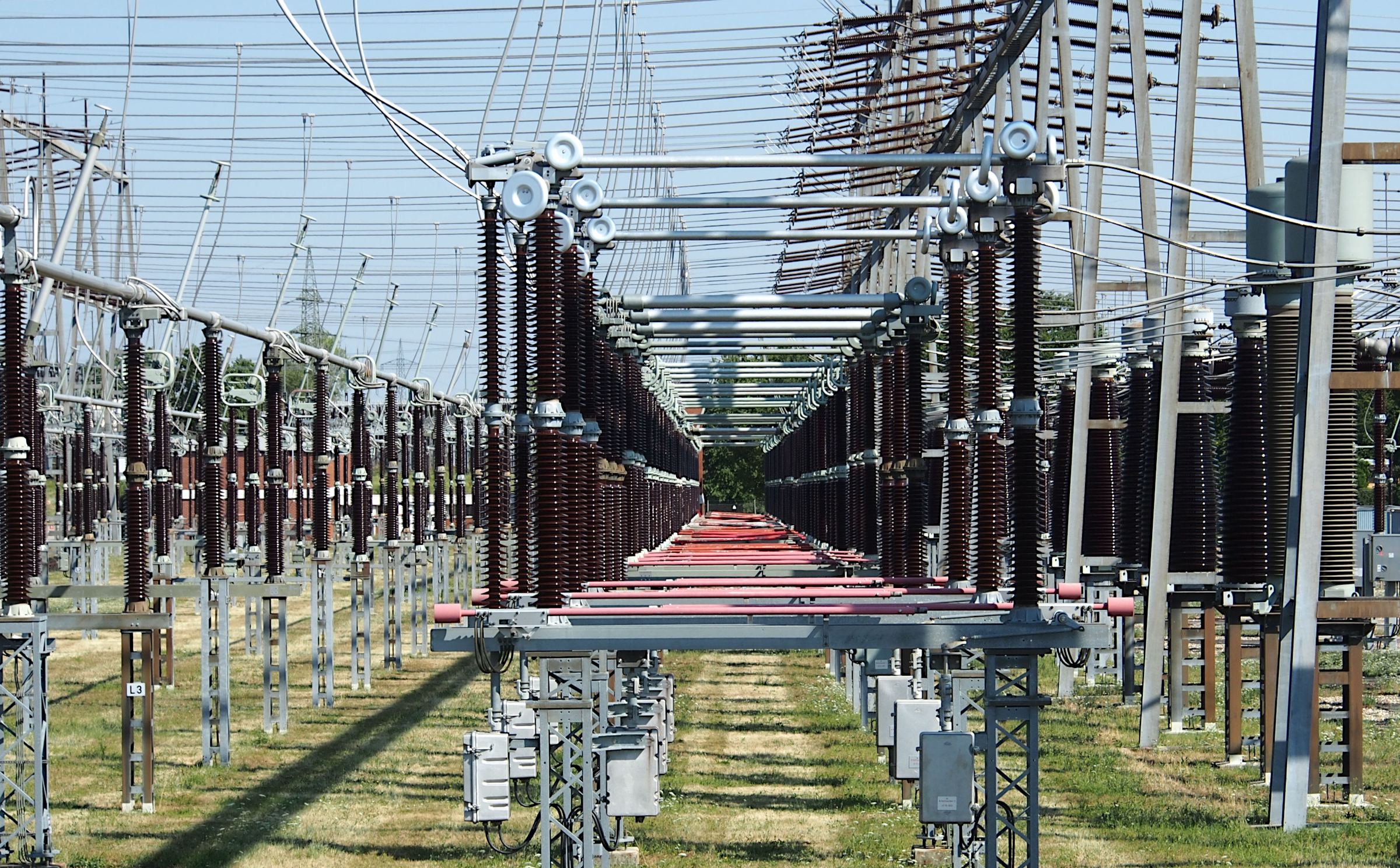REAL ENVIRONMENT APPLICATIONS OF A NON-RESONANT WIDE-BAND TRI-AXIAL ELECTROMAGNETIC ENERGY HARVESTER
Keywords:
Ambient vibrations, electromagnetic, energy harvester, non-resonant, wide-band, WSN, environmental monitoring, wearable applicationsAbstract
This study details the testing and experimentation conducted in a real-world environment on a novel wide-band vibration-based electromagnetic energy harvester (VEMEH). The developed device distinguishes itself from conventional harvesters by utilizing a freely moving cylindrical magnet within a bobbin, rather than operating within a narrow frequency range. This design enables the harvester to react to ambient vibrations over a broad frequency spectrum, rendering it appropriate for various applications, including human body monitoring, household appliances, industrial machinery, and transportation systems. A notable obstacle in the implementation of energy harvesting systems is their capacity to deliver consistent, on-demand power in direct current form. Ambient energy sources generally yield low and inconsistent input energy, posing challenges for the design of energy harvesting systems that can effectively rectify and store output power. Moreover, vibration electromagnetic energy harvesters typically generate output voltages that are quite low, varying from a few millivolts to several hundred millivolts. To tackle this challenge, a three-stage Cockcroft-Walton (CW) voltage multiplier is utilized to enhance the output voltage, facilitating a more stable and dependable power supply to the load. A wireless sensor node was created for a system that monitors appliances. The wireless sensor network includes an ADXL345 acceleration sensor for measuring appliance vibration, a DHT11 temperature and humidity sensor for monitoring environmental conditions, and an Arduino ESP32 module for data processing and transmission. The transmission of sensor data to a mobile application facilitates the real-time observation of appliance status and the surrounding environmental conditions. The prototype of the vibration energy harvester was successfully integrated with the wireless sensor network and a rechargeable battery, enabling real-time monitoring of a car engine compartment. This autonomous condition monitoring system allows the energy harvester to perpetually recharge the battery, supplying power to the wireless sensor node. The device underwent testing across multiple applications, particularly in wearable contexts where the harvester was positioned in a trouser pocket and monitored during running activities. In a similar manner, the harvester was connected to a washing machine, kitchen blender, and domestic water pump. The vibration from the washing machine generated an open-circuit AC output voltage of 92.6 mV at an acceleration of 0.31 g and a frequency of 35 Hz. The kitchen blender produced an open-circuit AC output voltage of 112.5 mV at an acceleration of 0.65 g and a frequency of 60 Hz. In contrast, the domestic water pump generated an open-circuit AC output voltage of 92.1 mV at an acceleration of 0.9 g and a frequency of 100 Hz. The harvester was positioned on a vehicle's dashboard and evaluated on both smooth and uneven road surfaces.
















